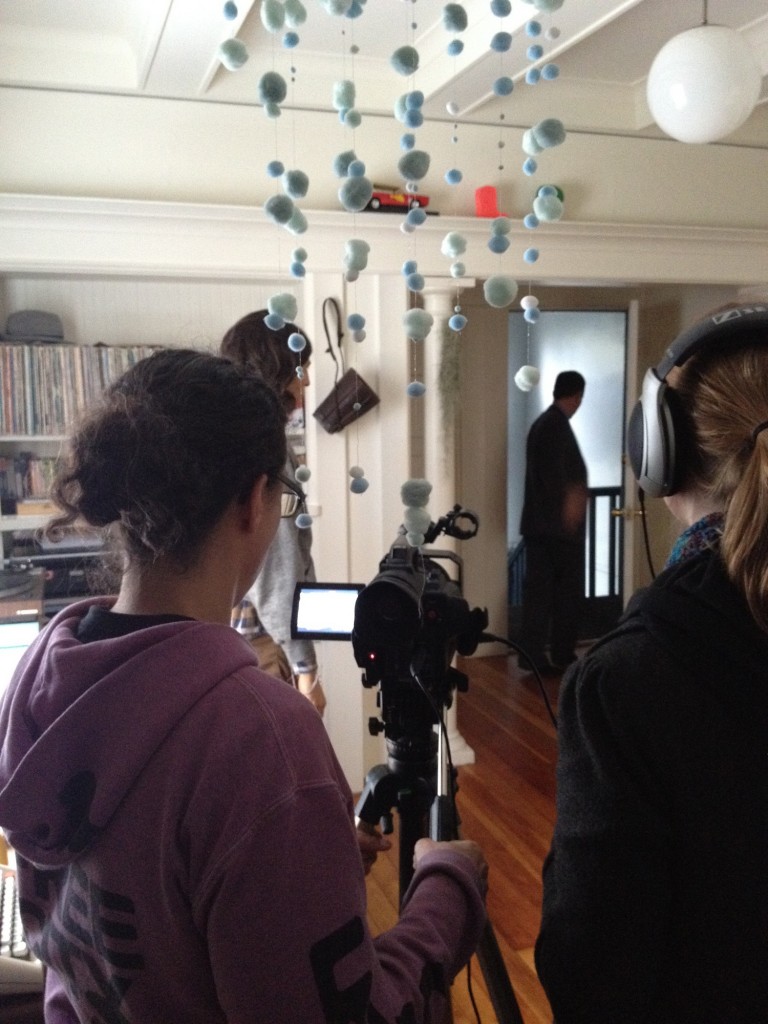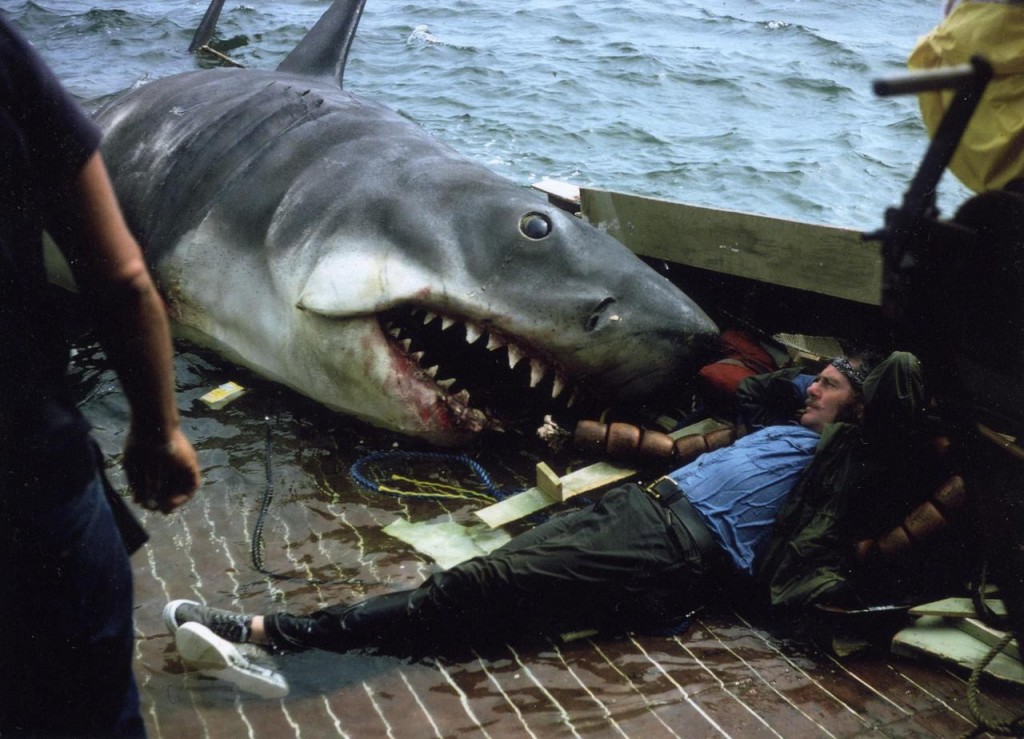 I made my last feature, Mother Country, in the summer of 2010. My goals were to:
I made my last feature, Mother Country, in the summer of 2010. My goals were to:
- Travel across country to show the main character’s development from lower-class, impressionable young man to quasi-indie-hipster hanging out in Silverlake.
- Create an African-American character who, although being stuck in several predicaments, essentially gets his way, i.e., avoid a “struggle” narrative.
- Spend less than $100,000.
- Make something worthwhile with good friends, and connect with new and old friends along the way.
We met all these goals and lived to tell a few great stories. It was an incredibly taxing journey. I knew I was setting us all up for a huge challenge. I also knew that if I could do this, subsequent film projects would be easy. Or, easier.
After the dust settled I assigned myself another challenge: get to the point of being able to write, direct, produce, shoot, and edit my own films, starting with a few micro-budgeted shorts. Microcinema is nothing new. Still, I aimed for zero dollars, nothing, zilch, or as close to this as possible. I dubbed them Zero Dollar Shorts. The rules:
- Use available lighting
- Use only equipment that was already owned
- Work with family and friends, for both cast and crew
- Either create scripts through improvisation or improvise the movie completely
- Feed everyone by potluck
So, between 2010 and 2013 I shot six shorts under the above conditions. The camera: a DVX100B (with one exception), which is no longer manufactured. Here are some of the ways we got around spending money on each film. Some of them we used across films. Disclosure: I always spend money on post-production sound. I’m deaf in one ear, sound has never been my strong suit, and it’s one of the most important aspects of a film; I always hire a professional. Therefore, saving money and aiming for “zero” happens in development, pre-production, and production.
- Untitled “family movie”: After growing tired of a mundane life with two mothers, a young girl runs away from home. This was the first in the bunch and the edit is currently in progress. Best things we did to save money: Used only non-permit locations and casted my daughter as the lead.
- Happy 4 Months: How well can you know someone after four months? This was filmed at the beach using an illegal bonfire as a lighting source. Currently being edited. Best thing we did to save money: tapped craigslist for free firewood and used flashlights from our home emergency kit. Very different color temperatures, yes, but we made it work.
- The Black Americans: Two young men hit Venice Beach looking for something to do with only five dollars. To be edited. Inspired by Jarmusch, Cassavetes, and Pull My Daisy, we set out to make a black indie Beat film. Best things we did to save money: filmed in locations until we got kicked out, did lots of scenes in a car, and unwittingly incorporated the homeless man who asked what we were doing with that unopened bottle of wine (which I think we got for three bucks).
- Hookup: a mumblecore-inspired sex comedy. The sound mix on this is currently being completed. Best thing we did to save money: filmed in my home (which we also did for most of the family movie).
- Solitude for Beginners: An unemployed businessman gets held up at gunpoint, but turns the situation to his favor. Edit in progress. Best things we did to save money: tipped the bartender 20 bucks to let us film at Jack’s Bar. Consider this a Twenty Dollar Short.
- In Memoria: In the future, a woman escapes from a totalitarian state, but is followed into the woods by a strange woman bent on bringing her back. I cannot tell a lie: we spent some money on this one. My DVX100B finally gave out, so this was the first short filmed using the Canon 7D, which I purchased in November of 2012. We also spent money on props and costumes, which totaled about a hundred bucks. Things we did to save money: filmed in a remote part of a regional park (okay, so we spent 6 bucks on parking), had my daughter run sound (which she’d learned by then since she prefers it to acting), and bought one of the costumes in a thrift store.
What are some ways you’ve made films, done dirt-cheap?

